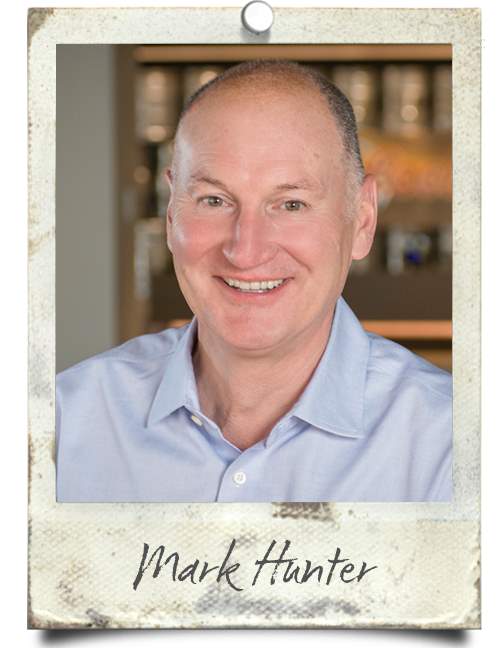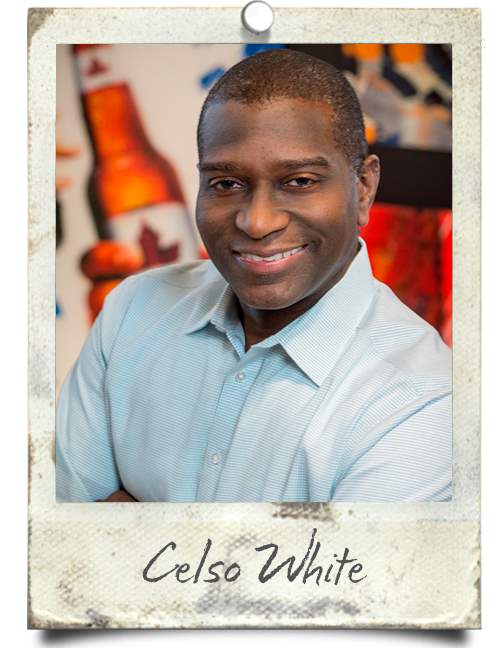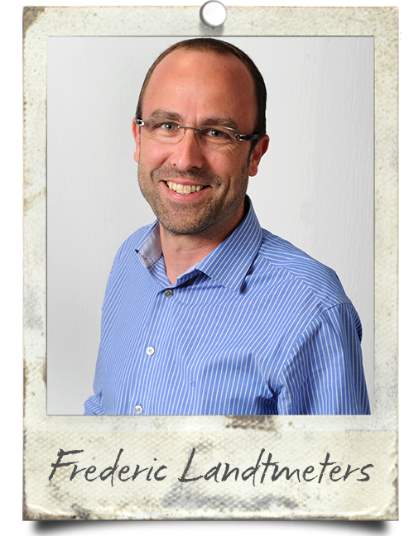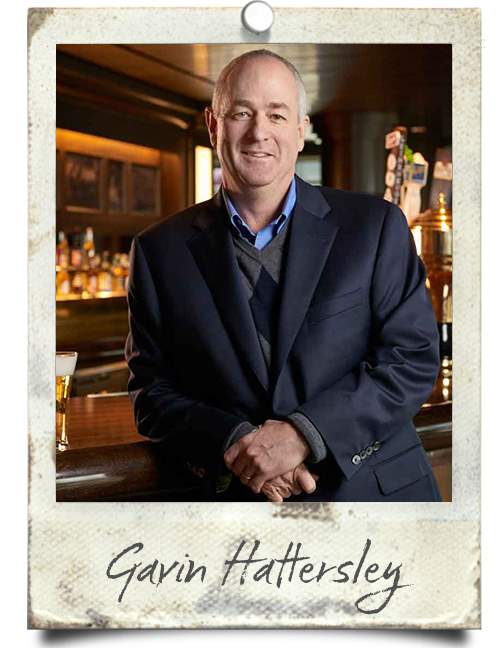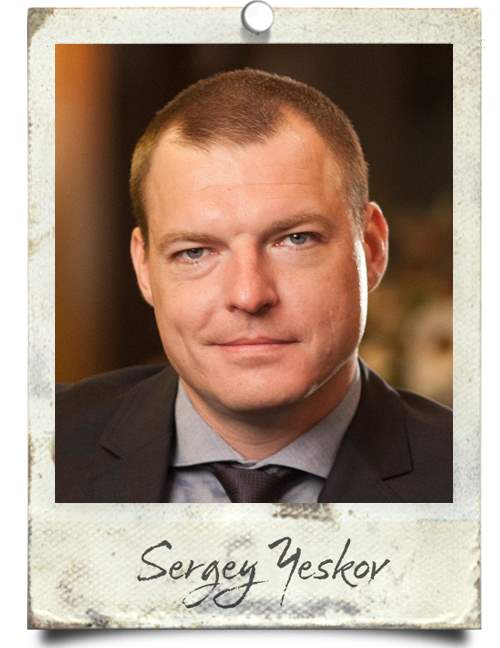Strategic Plan for Molson Coors Brewing
Info: 4890 words (20 pages) Dissertation
Published: 20th Oct 2021
Tagged: BusinessBusiness Strategy
Executive Summary
Molson Coors was formed in 2005 after the merger of the US-based Coors and Molson of Canada. The company specializes in brewing both alcohol and non-alcoholic beverages. The history of this company dates as far back as the nineteenth century when the constituent companies that were merged into Molson Coors existed as Molson and Coors separately in Canada and the US respectively. The products produced by the company are diverse and varied, tailored for different markets, and tagged at various prices, including; Coors, Blue Moon, and Keystone among many others. The operations of this company are in line with the short and long-term goals of the firm, which are guided by their mission and vision statements. The SWOT analysis exposes multiple threats and opportunities for the company directly linked to the external environment, while the weaknesses and strengths point to the internal environment. The corporate culture and values of Molson Coors are critical in shaping the competitive strategies of the firm in a diverse global marketplace with different regulations and customer tastes as well as differing availability of resources. The leadership at the organization plays a significant role in the strategies of the company. The company maintains a broad range of diversity and insightful expertise among stakeholders to ensure quality and exceptional outcomes. Technological and innovative ideas, as well as investments internationally form a formidable strategic base for Molson Coors.
Company Overview (Ticker Symbol TAP)
Molson Coors enjoys the reputation of a multinational company and is hence the seventh largest in the world in terms if brewer volume (Martinez, 2013). Primary activities for the firm including stocking, control, and business transactions are done in both the US and Canada, between the Molson and Coors families (Walker, Hamish, Penfield, 2015). The headquarters of Molson Coors Brewing is in Colorado, Denver on the 54th floor (subsidiaries on the 47th, 46th, and 45th floors) of the Century Link Tower along California Street (Martinez, 2013). Below is an illustration of the ticker symbol for Molson Coors brewers, which is “TAP”.

Ticker Symbol TAP byMarketWatch (2017)
Company History
On one hand, Molson is named after the founder, John Molson, who was reputed as one of the oldest and most refined brewers in Canada since he launched the company (Molson Brewing) in Montreal along the St. Lawrence River banks (Buffington & McCubbrey, 2004). As such, Molson has been of the most iconic brands in Canada and abroad in terms of consumption and sales since 1959 (Bonham, Scudder, Morrato, & Pashak, 2006). On the other, Coors was founded by a penniless brewer, Adolph Coors, in the Rocky Mountains (Bonham et al., 2006) and has risen to become what it is today.
Following the October 2016 merger of SABMiller and Anheuser-Busch InBev, Molson Coors realized a significant expansion and growth in both their sales and customer base segments (Buffington & McCubbrey, 2004). Molson Coors would escalate in its operations and become the third largest brewing company globally after the merger. In fact, the brands like Miller Lite and Miller Genuine Draft began to be directly produced by Molson Coors in the Canadian markets, which has been a credible source of revenue for the company (Marowits, 2016). Furthermore, Molson Coors rose in industrial ranks and became the most refined and accomplished of the American brewing firms after the divesting of SABMiller on the contrary.
History at a Glance
1786 – John Molson opens his first brewery in Montreal, Canada.
1855 – Frederick J. Miller originally leases and then purchases Plank Road Brewery in Milwaukee, Wisconsin.
1867 – Jacob Leinenkugel along with John Miller open a brewery in Chippewa Falls, Wisconsin named the Spring Bewery.
1873 – Adolph Coors opens his first brewery in Golden, Colorado with the name of the Golden Brewery
1916 – Colorado initiates prohibition and the U.S. follows shortly after in 1919. The U.S. based breweries, Miller and Coors, survive by transitioning their production to soda, malt-syrups, and near-beer until 1933.
1941 – Coors gets involved in aid to the war effort by reserving half of its production for military use.
1945 – Ownership of Molson goes public as stocks are sold.
1959 – Molson’s flagship product, Molson Canadian, is first introduced
1959 – Coors gets on board the recycling revolution by introducing aluminum cans for their product and offering a small sum for cans returned to their brewery.
1961 – Miller begins expanding through the purchase of like companies. They purchase Milwaukee’s A. Gettleman Brewing Co. which brought along its popular Milwaukee’s Best brand.
1975 – Coors follows Molson and their company goes public.
1978 – Coors flagship product, Coors Light is released and dubbed the “Silver Bullet”.
1988 – Miller continues its brand expansion through the purchase of the Jacob Leinenkugel Brewing Company.
1989 – Carling O’Keefe merges with Molson making them the largest brewer in Canada as well as the fifth largest on the continent.
1995 – The popular product, Blue Moon, is launched by Coors
2002 – Coors goes international with their purchase of the English Bass Brewers. This resulted in a name change to Coors Brewers Ltd, as well as a positional shift to the number two largest brewery in the United Kingdom.
2005 – Molson and Coors combine to and assume the company name they are known by today, MolsonCoors.
2008 – MolsonCoors forms a joint venture with SABMiller named MillerCoors.
2011 – Molson Coors continues to expand internationally with a joint venture with Indian brewer, Cobra Beer Company.
2012 – StarBev is purchased by MolsonCoors. At this time, the European footprint of MolsonCoors has grown so large that they create a European wing of their company named MolsonCoors Central Europe.
2013 – Irish brewery Franciscan Well is acquired.
2015 – Continued growth is maintained through the acquisition of Mt. Shivalik Brewery in India and St. Archer Brewery in California.
2016 – Competitor ABInbev attempts to acquire SABMiller. U.S. lawmakers in the interest of anti-trust protocol mandate that SABMiller’s half of the joint venture MillerCoors not be part of the ABInbev purchase. MolsonCoors purchases the other half of the MillerCoors joint venture and places them firmly as the worlds third largest brewery.
Products and Services
The “Coors Original,” also known as the “Banquet Beer” which is a pale lager with an estimated 5 percent ABV. Coors Original was launched in 1874 and is the oldest brand maintained by the company. The product was honored in 1893 at the World’s Columbian Exposition.

Coor Original by MolsonCoors Brewers (2018)
With the lowest calorie index and ranged at a 4.2 percent ABV, the “Silver Bullet,” also called Coors Light is a product that was first brewed in 1978 (Martinez, 2013). Coors Light is the second largest brand of lager in America and one with the most sales under the Coors enterprise (Bonham et al., 2006).
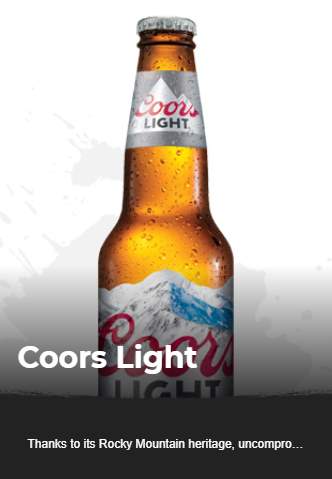
Coos Light by MolsonCoors Brewers (2018)
The Dark Lager, which goes with the brand name Killian’s Irish Red is rated at 4.9 percent ABV. The beer was first brewed by the American firm (Coors) in 1981 after getting patent rights from the France based pioneer firm; Pelforth Brewery (Marowits, 2016).
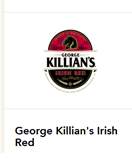
Dark Lager by MolsonCoors Brewers (2018)
Coors Extra Gold is another product of the company Molson Coors, and it goes by the brand nameExtra Gold, rated at 5.0 percent ABV (Walker, Hamish, Penfield, 2015). The product is brewed at a rate slower than Coors, and hence its fuller flavor.
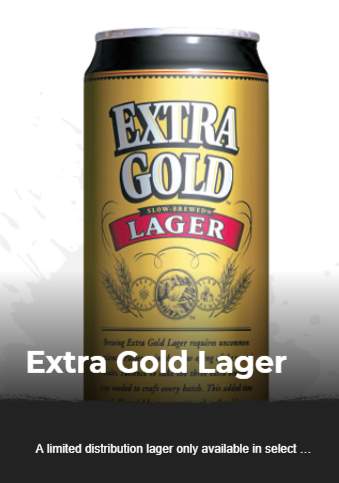
Coors Extra Gold by MolsonCoors Brewers (2018)
Blue Moon is the other famous beverage of Molson Coors with a 5.4 percent ABV and was first brewed in 1995 (Marowits, 2016). This product was picked up through the joint venture with SABMiller.
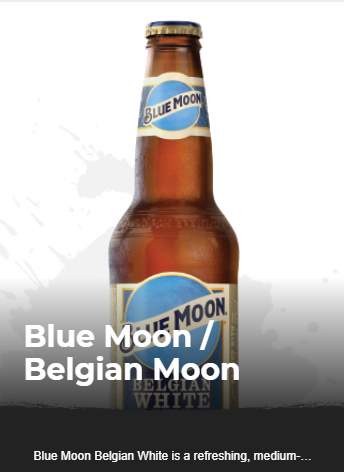
Blue Moon by MolsonCoors Brewers (2018)
Keystone was first produced in 1989 with a 4.2 percent ABV and is reputed as the smoothest of the drinks. The brand is marketed under the phrase “Always Smooth, Even When You’re Not” and is pale in appearance (Marowits, 2016).
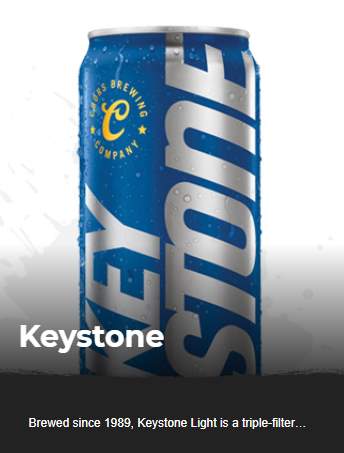
Keystone by MolsonCoors Brewers (2018)
Keystone Ice is estimated at a 5.9 percent ABV and is often packaged in silver and black cans. The lager has 143 calories.
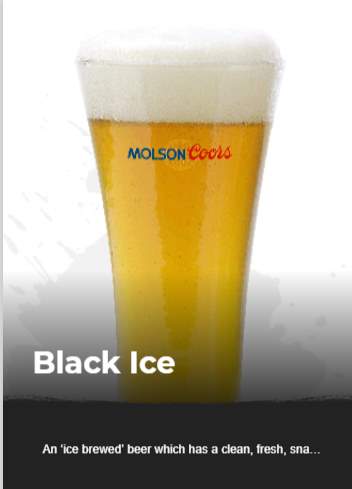
Black Ice by MolsonCoors Brewers (2018)
Operations
Molson Coors recognizes and embraces the fact that it is one of the most refined beer brewers on the planet, and endeavors to satisfy their broad customer base in variety, quantity, and quality. Therefore, research, innovative ideas, large investments in explorative projects, and expertise-based decision making are all pertinent to the daily operations of the company. The brands MolsonCoors delivers have gained reputation globally which pushes the need to hire from within the areas that sales are being conducted. The diversity of the workplace maintained by MolsonCoors is a solid platform for ensuring the needs of the target clients are met as employing individuals from the same market demographic that you are targeting can provide insight into the desires of that demographic are being met.
The motto of the company in its operations is to make huge things to happen in the brewing industry for the global beer family. The urge to deliver results and function in a globalized world is essential. Moreover, the Molson Coors Company is an organization that upholds technological operations of the twenty-first century, to remain relevant, efficient and swift to the market forces of supply and demand. The corporation is instituted on the principle of “responsibility for all” and insists on “winning in the right manner and way” based on the relevant regulations and by-laws by policy makers both in government and in the private sector.
Vision
The vision statement of Molson Coors is a brief paragraph illustrating the aspirational image and the broad future of the company, which reads; “To be a top-performing brewer winning through inspired employees and great brands. We’re driving growth by becoming an innovative, brand-led company, delivering and re-investing productivity for growth as we build a winning, value-based culture” (Molson Coors, 2018).
Mission Statement
The mission statement of Molson Coors highlights the identity, core purpose, business aims, and operational principles of the firm. The mission statement reads, “Strengthen shareholder value, fulfill our responsibilities to our employees, customers, and suppliers, and satisfy credit, environmental, legal and other regulatory requirements” (Molson Coors, 2018).
Corporate Values and Culture
The business has a well-known code of conduct in the market, which has a significant bearing on the firm`s virtues and work culture. Anti-law operations, corruption, lack of policy observation, and bribery are some of the forbidden practices at Molson Coors. The firm gives a unique platform to women and other minority groups to equitably compete within the large and influential supply business entity that is MolsonCoors. The company endeavors to meet the desires of diversity internationally, and thus, ceaselessly supports the ethics of balanced, impartial, and just operations both within and outside of the business environment (Daniels, 2000).
Molson Coors recognizes the human rights platforms, such as those sensitized by the U.N. Global Compact (Walker, Hamish, Penfield, 2015). Ensuring that discrimination based on race, culture, nationality, age, or gender does not take place is a responsibility recognized and upheld by the company. The company ensures responsible marketing practices through self-regulated advertising and marketing policies. The internal quality control standards are thorough enough to prevent any compromises in the unlikely event that such an occurrence manifests. The Beer Institute Advertising and Marketing Code policies are observed in their entirety by the Molson Coors company, and their internal framework of quality assurance and layered on top (Daniels, 2000). Employees are under a mandate to take training once every two years to refresh their advertisement skills and legal knowledge. This training is based on the ethics and regulation guidelines set forth by the Federal Trade Commission. Finally, the corporate values and culture at the company thrive on compliance principles. Adherence to rules and specific laws that guide and lead the business, offer protection to the environment and the clients, as well as ensure a safe working environment for the workforce is held as paramount (Daniels, 2000).
SWOT Analysis for Molson Coors
Strengths
MolsonCoors is the 2nd largest brewery by sales volume in the United States. This is in large part due to their joint venture with SABMiller in the creation of the MillerCoors joint venture. This JV in the United States has enabled both entities to compete with the much larger Anheuser-Busch InBev (ABInBev). They utilize cooperation in this fashion in their global markets as well. MolsonCoors purchased the entirety of their joint venture with SABMiller last year. This purchased caused some issues in 2017 as large acquisitions have a tendency to do, but 2018 projections are looking strong with a lower corporate tax rate and improved internal process management lending a hand.
Weaknesses
MolsonCoors largest competitor, ABInBev, just acquired SABMiller last year making them an even larger entity and enabling them to own nearly 50 percent of the global beer market. With the beer industry becoming increasingly consolidated, MolsonCoors may be the next to face a buy out as they are edged out by a larger company. The primary driver behind the consolidation of the brewing industry has been the rise in popularity of home brewing, craft brewing, as well as beer substitutes such as wine and spirits. The consolidation has been used by the large brewers as a method to preserve profitability in an increasingly hostile environment for large breweries.
Opportunities
The tax changes for 2018 have resulted in a projected net gain of $200 million for Molson Coors. This leaves room for additional investments which will be critical for large breweries to remain competitive in the midst of changing preferences. Their highest performing products of 2017 were those that lie in the premium (Blue Moon/Leinenkugel) and craft (Saint Archer, Revolver, Hop Valley, Terrapin) sectors. Their lowest performing were those in the sub premium category such as their light beers.
This leaves an opportunity for Molson Coors to invest in their high performing sectors as well as make new acquisitions in the craft sector. Lastly, with an increase in “local foods” and a large cultural emphasis on the avoidance of large brands in favor of local entities it would be advantageous for brewers to get into the local scene. The concept of taprooms has been popularizing and serves as not only a source of income but as a local advertising wing. Beer consumers tend to gravitate to purchasing beers from taprooms they have visited. This focus on the local area would also enable Molson Coors to advertise their involvement with their local community.
Threats
Threats on the horizon for the beer market in general is that Gen Z isn’t drinking as much as their predecessors at their age. The big focus on health foods and healthy lifestyles doesn’t bode well for the alcohol industry at large.
More specifically, Molson Coors doesn’t currently compete in the “fitness” beer market and does not have a product to compete with the extremely low-calorie Michelob Ultra. They instead intend to focus on their existing light brands which may not pan out as the U.S. grows more fitness conscious and keeps counting those calories.
Competition
Molson Coors faces stiff competition from business entities in the brewing industry that have substantially higher marketing, financial, distribution, and production resources. Nevertheless, Molson Coors thrives above competition through diversity in geography, brands, and quality in those markets. Furthermore, reducing prices on products, substantial capital investments, brand positioning, planning, and rolling out of new market niche products are the competitive advantages that Molson Coors enjoys (Walker, Hamish, Penfield, 2015). The loss of collaborators and partner brands in the market, predatory tactics in marketing and pricing by competing organizations, and unreliable global brewing policies often affect the competitive edge of the company. Indeed, the market profit margins are at stake considering the competitive factors..
Management Team/Leadership
Mark Hunter
Picture of Hunter by Molson Coors (2018)
Mr. Hunter has been the President and CEO of Molson Coors since January 2015. Prior to becoming president and CEO, he held various positions within the organization. From January 2013 to December 2014 he was the President and CEO of Molson Coors Europe. Prior to that, he served in that position for the Central Europe division. He started with the company in 1989 and has worked his way up to his current position at the helm of the ship. He holds a bachelor honors degree in Marketing and Business Administration from the University of Strathclyde in Glasgow, Scotland.
Celso White
Picture of Celso by Molson Coors (2018)
Celso White is the Global Chief Supply Chain Officer. Prior to serving in his current role, Mr. White served as Chief Supply Chain Officer of Molson Coors International from 2010 to 2013. Prior to joining Molson Coors, he was Pepsi Cola’s vice president and general manager of Concentrate Operations, responsible for the Americas and parts of Asia from 2004 to 2010. He has an M.B.A with concentration in Operations Management from DePaul University and a Bachelor degree in electrical engineering from Bradly University.
Frederic Landtmeters
Picture of Frederic by Molson Coors (2018)
Frederick Landtmeters is the President and CEO for Molson Coors Canada. Prior to serving in his current role, Mr. Landtmeters was the Managing Director, Molson Coors UK and Ireland from 2015 to 2016. Mr. Landtmeters served from 2013 to 2015 as the Chief Commercial Officer for Molson Coors Europe, and from 2010 to 2013 he served as the Chief Marketing Officer for Molson Coors Europe. Prior to joining Molson Coors, Mr. Landtmeters served as Marketing Director at AB InBev from 2008 to 2010. He currently holds a master’s degree in applied economics and engineering from the University of Antwerp, Belgium.
Gavin Hattersley
Picture of Gavin by Molson Coors (2018)
Gavin Hattersley currently serves as the President and CEO of MillerCoors, a subsidiary of MolsonCoors. Prior to his current position, he served as the inerim CEO of MillerCoors beginning in July 2015 until he was permanently appointed to the position. Prior to joining MillerCoors, he served as Chief Financial Officer of Molson Coors from 2012 to 2015. From 2008 to 2012, Mr. Hattersley served as Executive Vice President and Chief Financial Officer of MillerCoors. He holds an honors’ degree in accounting science and a bachelor’s degree from the University of South Africa.
Tracey I. Joubert
Picture of Tracey by Molson Coors (2018)
Tracey Joubert serves as the Global Chief Financial Officer for Molson Coors. Prior to her current role, Ms. Joubert served as the Chief Financial Officer and Executive Vice President of MillerCoors from 2012 to 2016. Before joining MillerCoors, she served as Director of Finance and Group Services at Miller Brewing Company. She holds a bachelor degree in commerce and accounting from the University of Witwatersrand in South Africa.
Sergey Yeskov
Picture of Sergey by Molson Coors (2018)
Sergey Yeskov serves as the President and CEO of Molson Coors International, a subsidiary of Molson Coors dealing with international sales outside of the US and Europe. Mr. Yeskov previously served as the Chief Sales and Customer Excellence Officer, Molson Coors Canada from 2016 to 2017. He has held various management positions in the Croatia and Bosnia sector of the company from 2007 to 2016. He has a master degree of international economy from Kharkov Economic University, a master degree of Radio-Electronic from Ukrainian National Aviation University and an M.B.A from IEDC Bled School.
Financial Outlook
In 2016, a 4.8 billion-dollar revenue was obtained by Molson Coors, and in 2015 359.5 million dollars net income was recorded. Nevertheless, in 2017, while the full year priority brand grew by 2.8 percent, the full year worldwide brand volume increased by 1.0 percent (Molson Coors, 2018). The net sales revenue for the full year escalated by 2.6 percent. The full year underlying went high by 1.1 percent whereas a 379 percent worth of $1.4 billion full net year income was reported. The underlying free cash flow for Molson Coors was $1.45 billion in 2017, and the full year operating cash flow was $1.87. A three-year target up to $600 million was realized, while the cost saving realized were above $255 million in 2017 (Molson Coors, 2018). The worldwide brand volume for the fourth quarter went low by 1.1 percent a 1.9 decrease was evidenced for the priority brand volume (Buckley, 2015). The company just concluded the remaining stakes for SABMiller and MillerCoors at the worth of $12 billion. The debt maturity of Molson Coors is well balanced and hence gives a projection if exceptional financial engineering in the firm (Molson Coors, 2018).
Strategies
Molson Coors enjoys the insight of the policy of generic level business by Porter in the highly competitive beer market. Furthermore, the organization utilizes the single business concentration model when it comes to corporate-level strategy (Marowits, 2016). Consequently, the organization gives attention to what it can deliver best; hence exclusive beer production. The organization thrives on the international strategy, in that it has many mergers and subsidiary companies in Europe, Canada, and the US. As such, the customer base is increased, profit margins improved, market stability guaranteed, and diversity encouraged (Buckley, 2015). Molson Coors embraces the differentiated model of functional level strategy. Consequently, different specific brands have been suitably tailored to particular consumer markets. The operations strategy is instrumental at Molson Coors. Every price for each brand is standardized for instance, and such products are produced in large scale for the company to benefit on the economies of scale. Development and research, technology and innovation, and well as proper management of human, capital, and monetary resources are the added strategies at Molson Coors. The combination of them all has been essential for realizing the mission and vision of the firm.
Conclusion
Molson Coors is a company that came into existence after the merging of the Coors and Molson business entities in the US and Canada respectively in 2005. The organization deals with the production, packaging, and selling of malt beverages like ales, cider, beer, and lager. The headquarters are in Denver Colorado in the US, with significant operation destinations in both Canada and the US. The SWOT analysis reveals many opportunities and threats for the company, which is related to the external environment. However, the strengths and weaknesses Molson Coors enjoys are limited to the internal environment. The strategic management, diversity in brands, effective policymaking, and financial outlook strategizing are essential in the running of the company. Despite the competition from other companies in the industry because of stocks, investment, market coverage, elements of technology and innovation, as well as geographical diversity are indispensable for Molson Coors.
References
Bonham, S. S., Scudder, R., Morrato, B., & Pashak, J. (2006). The Molson Coors operational Portfolio architecture a case study. Retrieved from http://ezproxy.library.capella.edu
Bernot, K. Draft. Why big breweries want to go local. Retrieved from: www.draftmag.com
Buckley, T. (2015). AB InBev buys SABMiller for $107 billion as U.S. deal agreed. Retrieved from http://www.bloomberg.com
Buffington, J., & McCubbrey, D. J. (2004). Coors Brewing company point of sale application suite: Winning Mindshare with customers, retailers, and distributors. Communications of AIS, 2004(13), 81–96.
Bystricky, J. Seeking Alpha. Molson Coors Should Outperform Peers in 2018. Retrieved from: www.seekingalpha.com
Daniels, C. (2000). Molson buys back American destiny. Marketing Magazine, 105(42), 2.
Daykin, T. Journal Sentinel. Molson Coors nears deal to buy out MillerCoors venture. Retrieved from: archive.jsonline.com
Jones, D. (2003). “Here”s to you, Canada’ makes Molson Canadian the toast of the town. Communication World, 20(3), 38.
Jurevicius, O. (2013). Apple SWOT analysis 2013. Strategic Management Insight, 3(3), 115–130.
MarketWatch. (2017). TAP annual income statement – Molson Coors Brewing Co. Retrieved from https://www.marketwatch.com
Marowits, R. (2016). Molson Coors says weak economy affecting beer sales in oil-producing provinces. The Globe and Mail.
Martinez, M. G. (2013). Co-creation of value with consumers as an innovation strategy in the food and beverage industry: The case of Molson Coors’ “talking can.” In Open Innovation in the Food and Beverage Industry, 139–153.
Molson Coors. (2018). Brands; Molson Coors Brewing Company. Retrieved from https://www.molsoncoors.com
MolsonCoors Brewers. (2018). Home Page; MolsonCoors. Retrieved from https://www.molsoncoorsdirect.com/
Kendall, J. Brewbound. Molson Coors Sales Surpass $11 Billion in 2017. Retrieved from: www.brewbound.com
Walker, Hamish, Penfield, P. (2015). How they did it: Purchasing competency & procurement innovation at Molson Coors. Supply Chain Management Review, 46–51.
Cite This Work
To export a reference to this article please select a referencing stye below:
Related Services
View allRelated Content
All TagsContent relating to: "Business Strategy"
Business strategy is a set of guidelines that sets out how a business should operate and how decisions should be made with regards to achieving its goals. A business strategy should help to guide management and employees in their decision making.
Related Articles
DMCA / Removal Request
If you are the original writer of this dissertation and no longer wish to have your work published on the UKDiss.com website then please:

